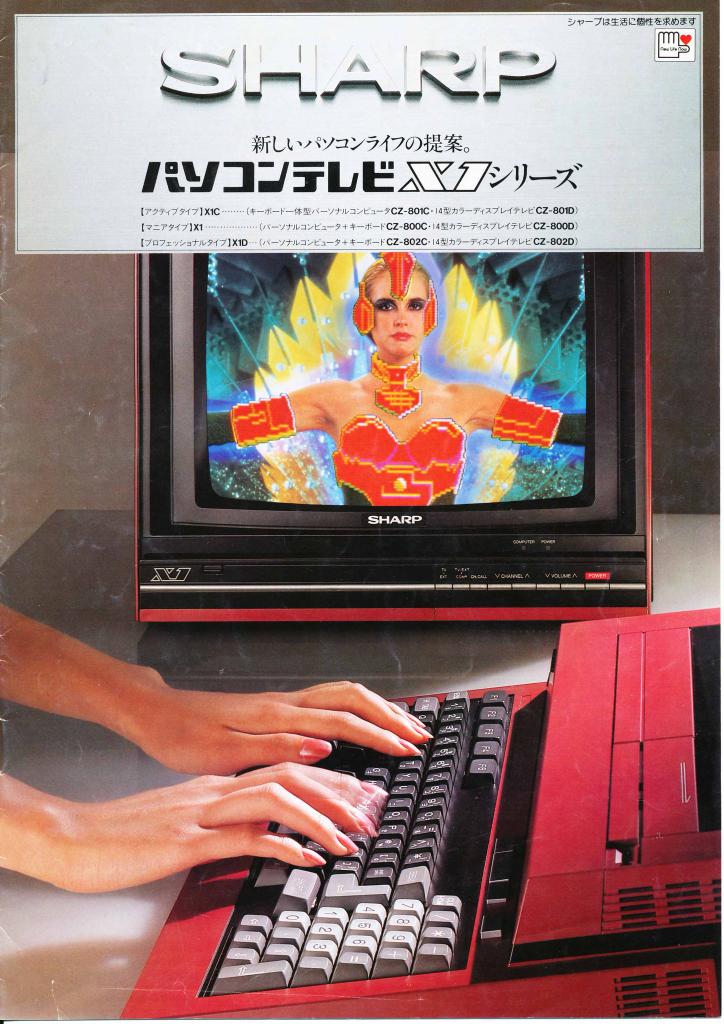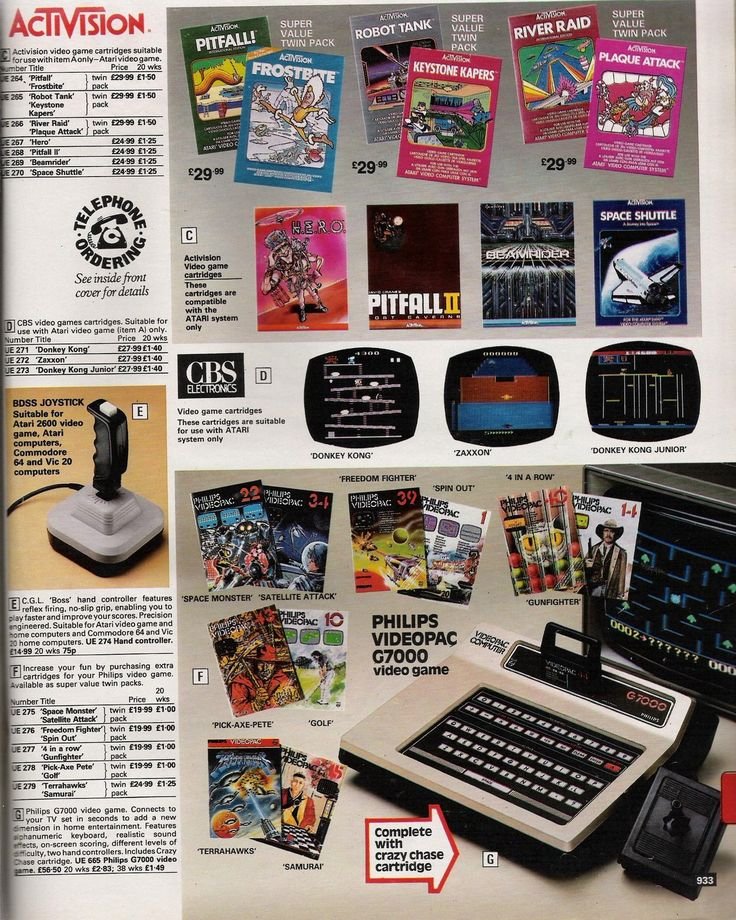Time for a pulp countdown now, and today it's my top 10 forgotten home microcomputers!
Let me just plug this tape recorder in and tune the TV set...
Let me just plug this tape recorder in and tune the TV set...

At #10: the 1982 Sharp X1! Possibly the most '80s looking 1980s computer ever created, it sold very well in Brazil. MSX really was the future once... 

At #9: the 1982 Oric! rashed games more times than it loaded them and felt like typing on bubble wrap. Blakes 7 fans bought it because it sounded a bit like Orac... 

At #8: the 1981 Texas Instruments TI-99/4A! This was basically bludgeoned to death by the VIC-20 in a ruthless price-cutting war, as payback for TI cornering the pocket calculator market in the 1970s and nearly bankrupting Commodore... 

At #7: the 1978 Philips Videopac G7000! I know, I know, but it said it was a 'computer' on the box. Look, it's in big letters and everything... 

At #5: the 1982 EG2000 Colour Genie. Dads with mullets thought it was like a Tandy CoCo. Kids knew it wasn't... 

At #4: the 1983 Spectravideo SV-318 and SV-328. Said it was an MSX but wasn't really. Had a built-in joystick in the worst place ever for left handers. No software. No sales support. Even Roger Moore couldn't shift 'em... 

At #2: the 1984 Sinclair QL! "There's no comparison chart" because nobody had one delivered on time. Launched the term 'stringy floppies', which were as bad as they sounded... 

And at #1: the 1983 Mattel Aquarius. From the makers of Barbie came the 'future proof' home computer, packing all the technology the mid-1970s had left behind.
It lasted 4 months before production ceased...
It lasted 4 months before production ceased...

• • •
Missing some Tweet in this thread? You can try to
force a refresh



























